Subscribe to Our Newsletter
Stay updated with the latest tips and strategies. Get additional discounts and alerts on offers.

Why does it matter?
Why do you need to give paid search marketing your time and effort? From generating leads and driving sales to creating brand awareness, why wouldn’t a business want to run a paid search campaign!
Now that you know why you need to give it a shot, here are 10 incredible techniques that can help you take your efforts further meanwhile keeping your search engine marketing budget within limits.
Note that these techniques apply both to Google Adwords and CPC campaigns.
Your audience is the center of the whole story whether it’s the paid search campaign or any other strategy- without having complete knowledge of your target audience, no technique or tool can bring results. But that seems more like advice than a method …right?
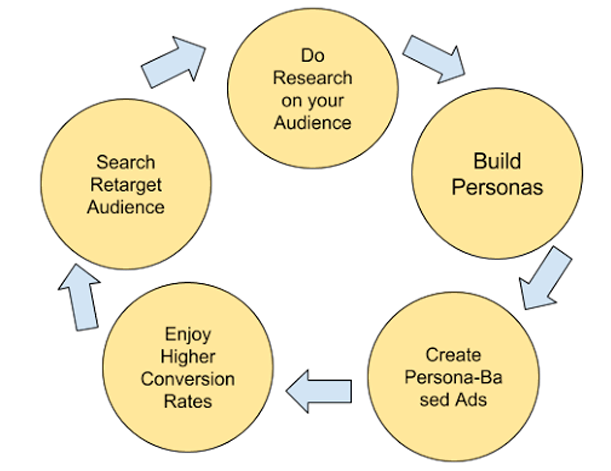
Here’s the trick:
This is vital for a paid search campaign.
Keywords play a significant role in your complete story and finding the quality one is what is required. When you start to research, you might end up with a flood of keywords surpassed by a desire to test them all. What you should do is to select a few (hopefully a few long-tail keywords) that are
[Why to go long-tail: Long-tail keywords tend to show a high degree of intent so that they can be excellent candidates for your paid search campaigns. For example, it’s a good bet that someone who searches on “organic dog food free shipping” is later in the buying cycle than someone who searches on “dog food” alone]
Don’t worry if you are not a robot…there are tools you can use to locate these keywords or phrases, for example, Google’s Keyword Planner (stay logged in to your AdWords account to use it). Here’s a simple way to use it:
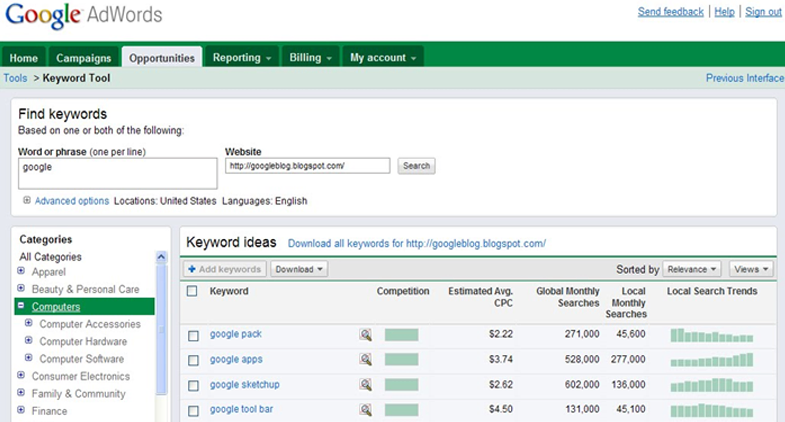
Type the keyword or phrase.
You will be displayed a list of possible variations being used by people in searches along with an approximate number of searches.
View the advertising campaigns against each term
Note: To view the estimate of position and cost, you would be required to add a max CPC to the ones you are interested in.
Another good idea is to use your bestselling keywords within your display URLs. Yeah…that’s a real trick that helps results appear with maximum relevancy.
And
Increase bids slightly on best-performing keywords to get more visibility. You will need to monitor to ensure the ROI is still acceptable.
Quality Keywords:
Quality keywords are based on your business, campaign, and goals. Focus well and decide on quality keywords carefully as this limited shot might spare you a lot of time and money.
Here’s a little more on keywords (knowing that they play a significant part in your entire paid search campaign):
Look for keywords that have never converted to a lead or sale, yet have costs associated with them.
Customize reporting columns to include data on assisted clicks or click-assisted conversions. If the keyword never contributed to an assist, it’s time to pause it.
Phrase match vs Exact match:
A quick tip is to use the combination of exact match and phrase match carefully. For a quick recap, phrase match helps your ad show up when a user searches even for a relative term to your target keywords whereas exact match triggers your ad to show up when a user searches precisely for your keyword.
A paid search campaign with just one type of strategy might not be fruitful as a mix can be. So, give some time to use both to make your ad more visible to users for exact and related keywords.
Let’s take an example:
Suppose you set your exact keyword as ‘night stand’ and you have set this keyword in your phrase match as well, then your ad will show up even when someone searches for ‘one-night stand,’ which you wouldn’t want. (This we will read more in the Negative Keyword section as well)
Whatever you do for the paid search campaigns should count!
You need to track the efforts and you can do that by setting tracking pixels on each page. Before beginning your PPC ads, a conversion code can be added to your website so that you are equipped for analyzing your campaigns.
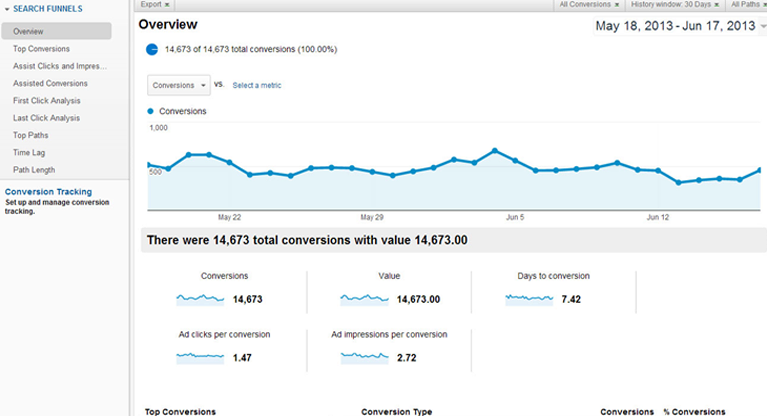
Once you’ve added the code inside your AdWords account, you can know which ads are performing well. Note that conversion tracking is set up by the type of conversion you want.
The better you know which ads to target in your paid search campaigns, the closer you are to conversions. Conversion pixels play an essential role in making the entire analysis more specific with insights related to ads, making the leads and sales a lot easier!
Going negative sometimes does lead to positive results- at least in the case of your paid search campaign! When you are playing with keywords, it’s good to think negatively first. What it means is to kick out the irrelevant and unwanted keywords from your search query so that you don’t show up in something not related to your target market.
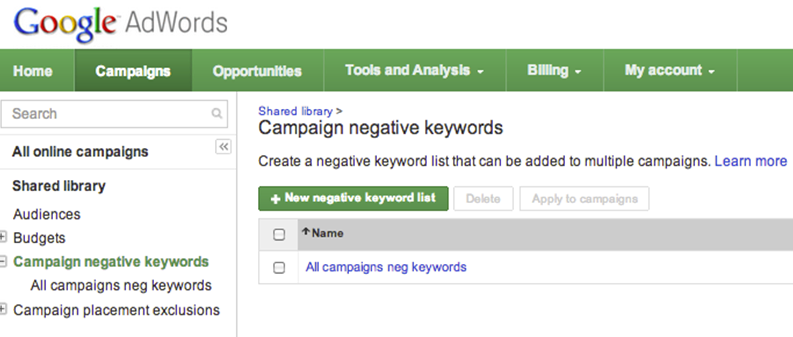
For this, you can only run a Search Query Report on your best keywords to see their click volume and then for the cost. Find the irrelevant ones in the report and mark them as ‘negatives.
Let’s continue the example we mentioned in the first point – exact and phrase match.
Now, what if your ad for nightstands appears in the list of one-night stands? Spoiler! You wouldn’t like your ad to pop up for keywords that are bringing no good to you, i.e., no traffic, no leads, so what do you do? Kick them out! It’s better to mark such irrelevant keywords as negatives from your paid search campaign to focus only on quality, and relevant traffic.
Some products and services are seasonal and so are their audiences. For example, during Mother’s Day, Thanksgiving Day, Christmas, New Year, and many other such occasions, businesses or retailers have high demand and traffic for the related goods and services.
You need to accept that the demand would be more or less high during specific months of the year, season, festivals, holidays, weather, etc. So, if your business deals in a seasonal product or service, it’s better that you increase your budget in the months that lead to these high-in-demand times so that you can best use the excess traffic and revenue!
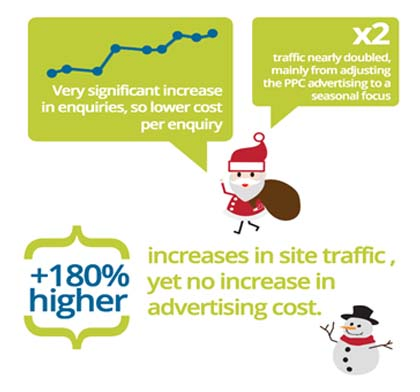
For this to be true, when your seasonal keywords aren’t part of your paid search campaigns, you can move your focus to other important things until the demand and bid price fall.
Well, this one’s different from making a copy. Do not differentiate your promotions by being offline or online. One may see your print ad and might remember the product but not the company’s name. So when the person types in your slogan on the Internet or the product, does a recognizable CPC ad pop up for your company redirecting them to your website?
If not, make it happen!
Ensure that your ads show up when a user searches for you (rather than just your company on the first page of organic results).
In spite of working in marketing, a few may not know that the landing page plays the most critical part of the complete purchase cycle. Find the most trafficked page on your site (considering the conversion and bounce rate). Check whether the keywords and ad copy point to the top page. If needed, add negatives, remove irrelevant keywords, and do whatever you can to create a narrower topic of Ad Group.
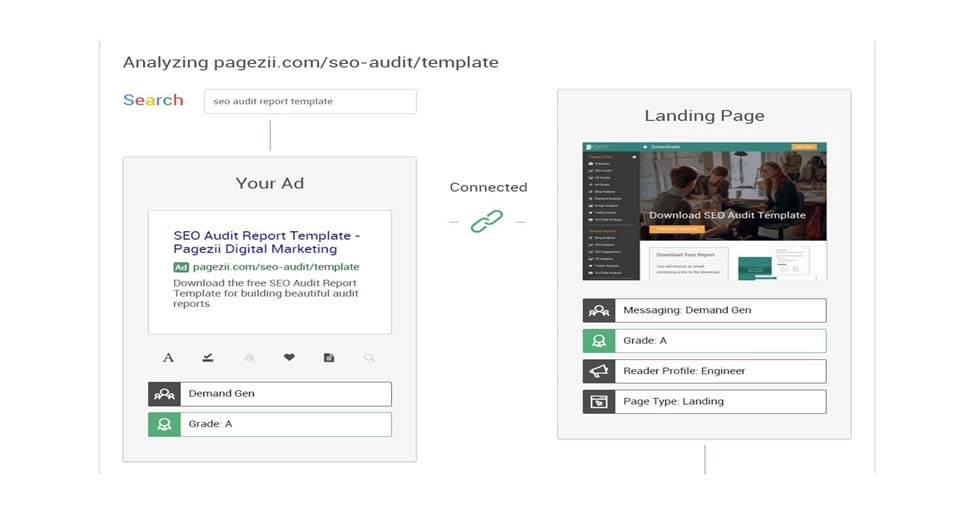
Checking the quality score of keywords targeted is also mandatory. You can use Google’s Quality Score to do so. Quality Score refers to the relevance of your Google AdWords ads by keywords as well as other factors like a landing page and searches terms entered by visitors. Higher the QS the better chances of your ads getting ranked at a lower CPC.
Apart from this, you need to set a landing page that goes with your ads. To ensure this, you can add info regarding the product or service or whatever is mentioned in the ad.
No Consistency! No Conversions! Only Disappointed Users!
So make sure your keywords match the text of the landing pages you’re linking to.
When users find more info on what they were seeking and because of which they clicked on your ad, they are happy and more likely to convert into your customers.
Bid adjustments allow you to show your ads more or less frequently based on where, when, and how people search. For example, sometimes a click is worth more to you if it comes from a smartphone, at a particular time of day, or from a specific location.
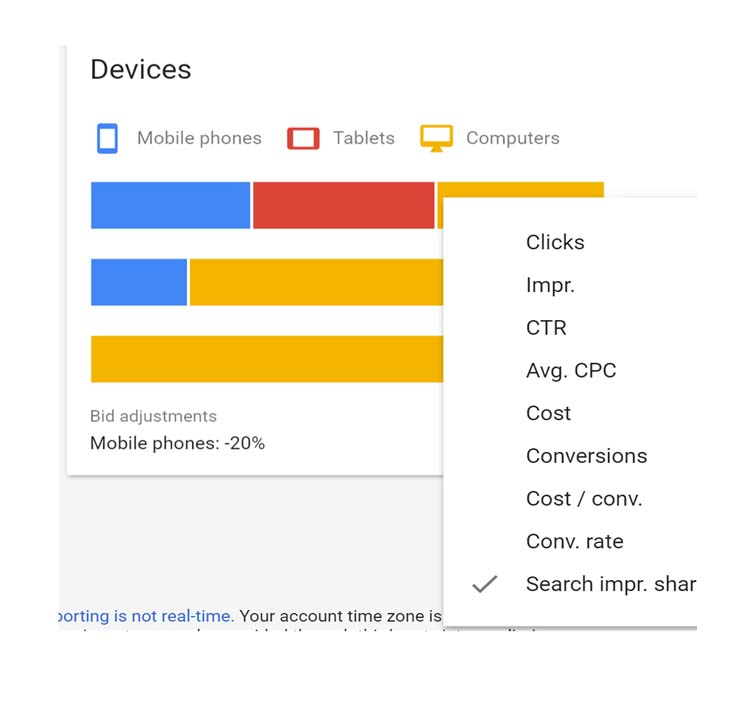
Going more specific with locations, it’s a great idea to run a bid adjustment campaign for devices (smartphones and tablets) at the nearest distance. For example, adjusting your bid to a particular device, at a specific time of the day, from a specific location can have remarkable effects.
Bid adjustments let you show your ads at a frequency you decide by when, where, and how the user searches. So you can set your bid to show your ad more frequently for devices in a 10km radius of your business.
Of course, Google’s Keyword Tool is a great help, but there’s more you can do. First on the list is AdWords Editor – a free tool offering control over multiple or large-scale campaigns.
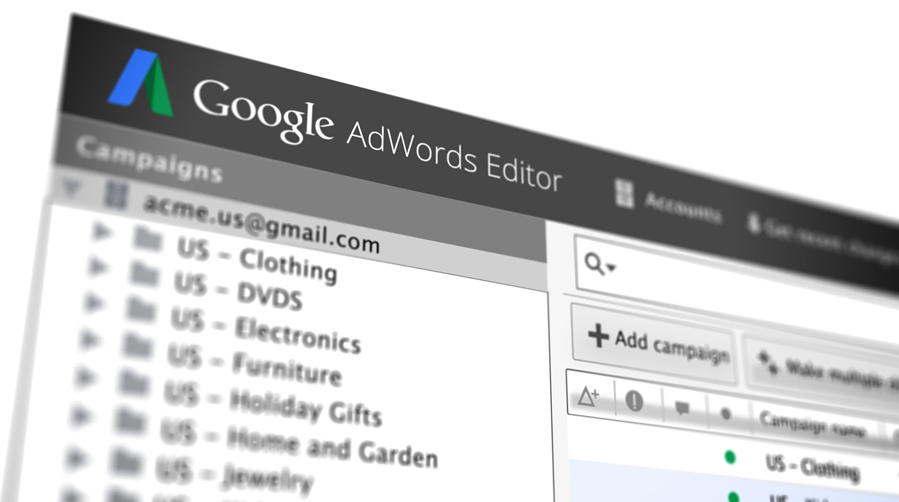
What’s interesting? Well, you can upload bulk campaigns and keywords to the tool, make multiple edits to the entire paid search campaign, get detailed stats, and much more.
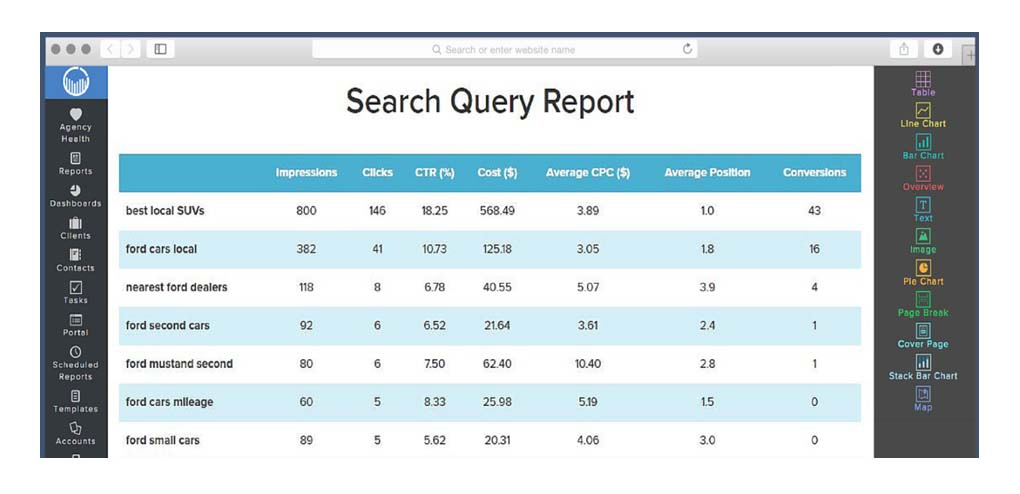
Exclude user locations that are not relevant to your business. To do this, go to the Dimensions tab, then, select user locations from the view menu. Here, sort your clicks based on the user location and examine their performance. If an area is getting many clicks and no conversions, you can exclude this location from serving.
Look at the results for mobile devices with full browsers vs. computers and tablets. Increase or decrease the bid adjustment depending on performance.
A successful paid search campaign is possible only when you have every ingredient required for conversions in place! Make every move count, pay attention to your keywords, audience, and every factor involved in the paid search campaign to make sure you don’t miss out on anything important.
So, now you have gone through the 10 tips for a productive paid search campaign. Try these tips and apply them to your paid search marketing tools to boost your present and future online advertising campaigns without having to shed any extra dough!
Show Some Love!

Subscribe to Our Newsletter
Stay updated with the latest tips and strategies. Get additional discounts and alerts on offers.
Related Articles
Subscribe to Newsletter
Stay up to date with the latest marketing, sales, and service tips and news.
